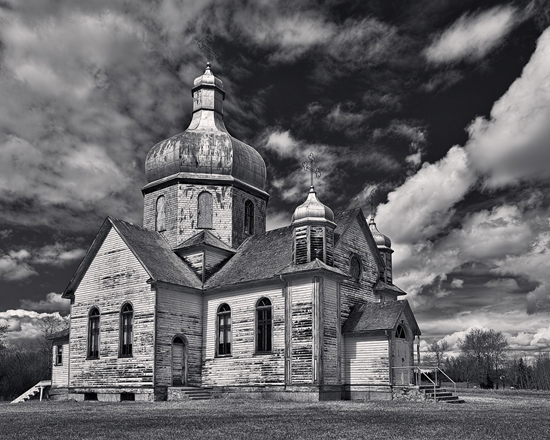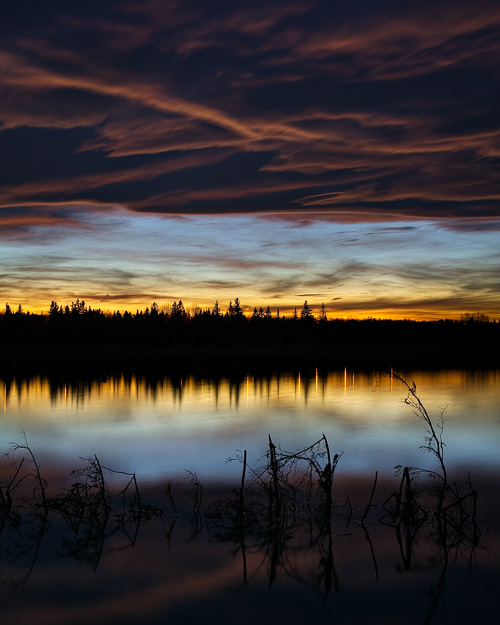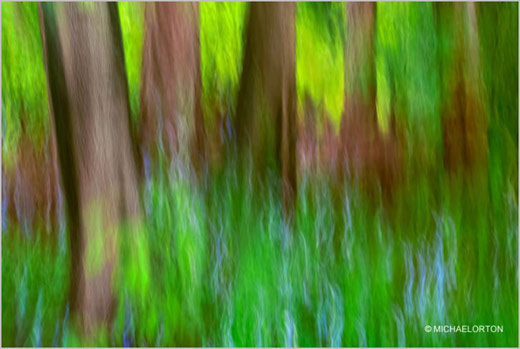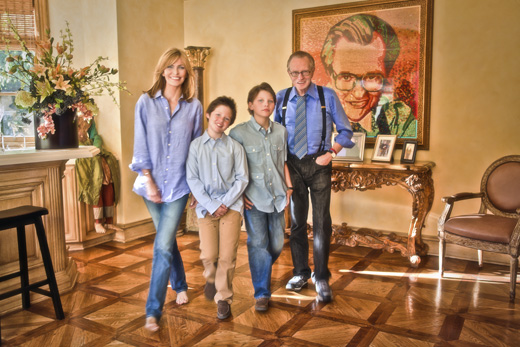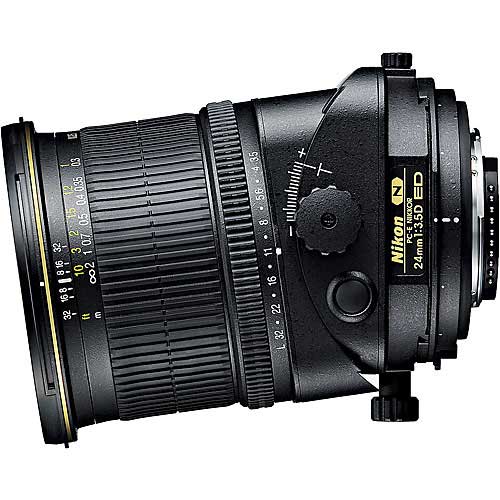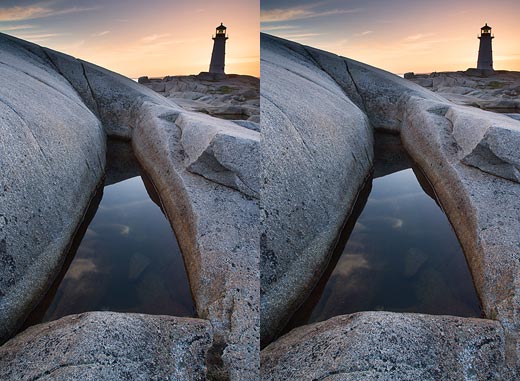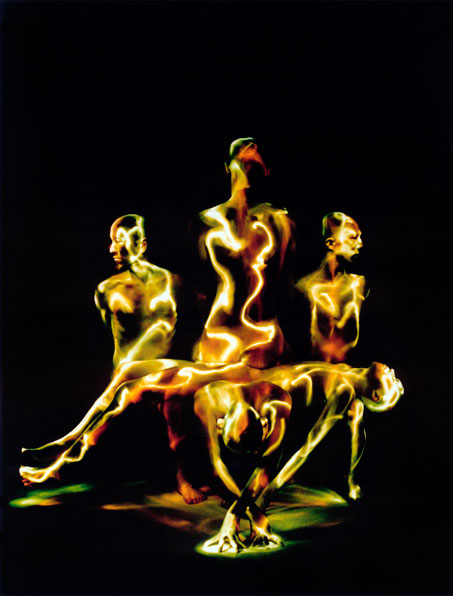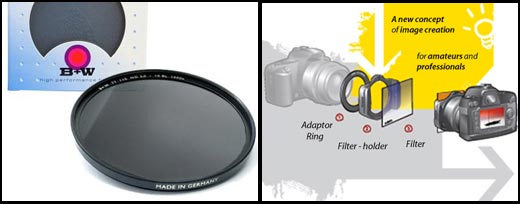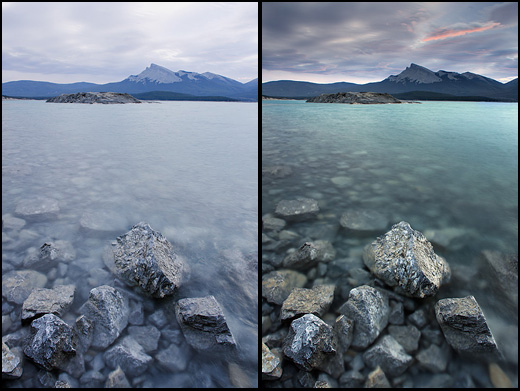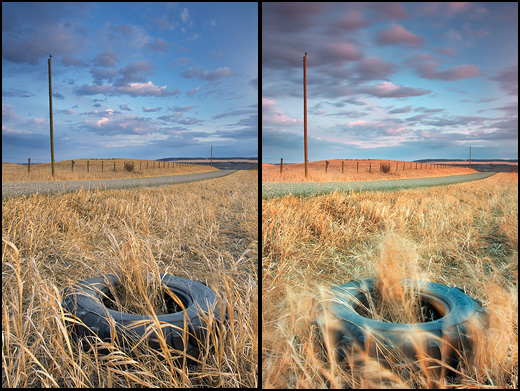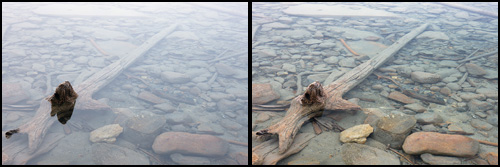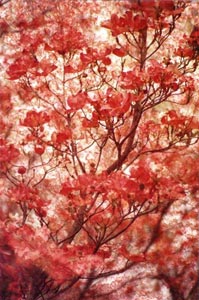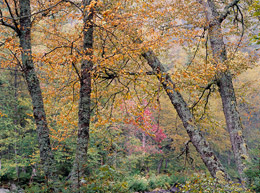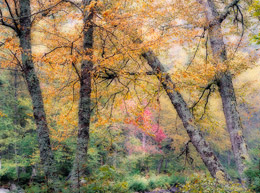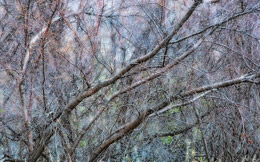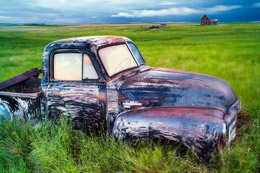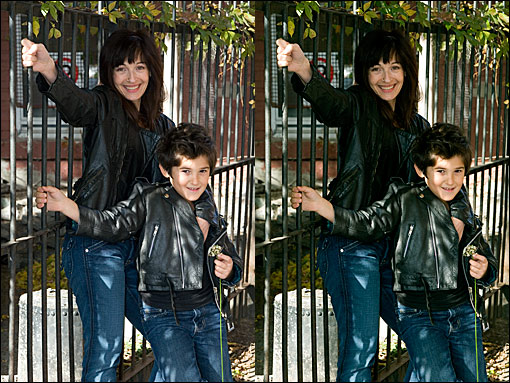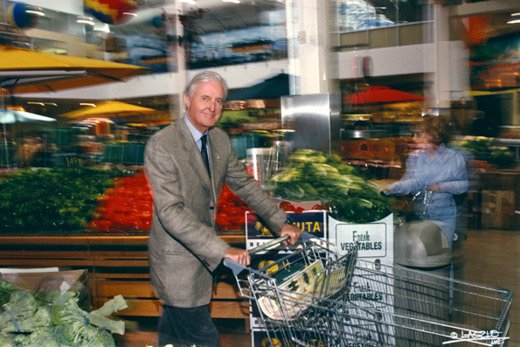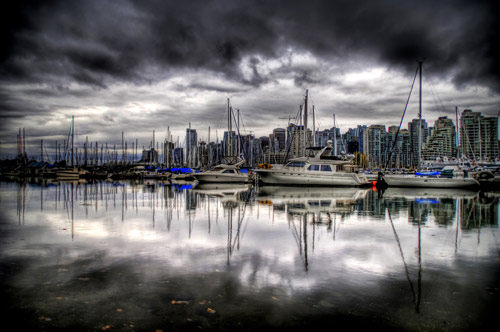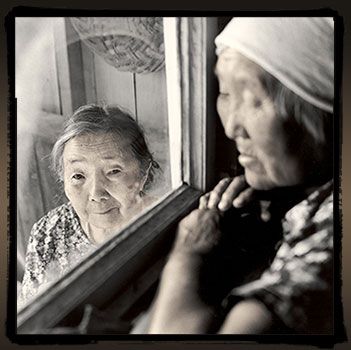Photography podcast #108 features an Interview with fine art photographer John Meadows where we talk about the advantages of shooting on film. Although it’s true that film photography is slowly being replaced by digital, it continues to remain VERY popular with fine art photographers for a bunch of reasons. One of these reasons is the incredible quality of the cameras and lenses available to film photographers that can be purchased these days for peanuts.
In this podcast we talk about the advantages of shooting on film, film characteristics, buying film, developing your own film, printing your own images in a darkroom, the hybrid approach of using both film and digital and more.
During this phone interview recorded by Skype, the quality of my voice is mediocre and I apologize in advance for this — Luckily John Meadows’s voice sounds great.

Broken and Unbroken © John Meadows
Links /resources mentioned in this podcast:
Royce Howland’s follow up comment on the photo-realistic HDR podcast
John Meadows website
John Meadows on Flickr
apug.org — Analog Photography Users Group
Freestyle film photography supplies
Pocket light meter
Marshal Oils at B&H
Film at B&H
Photo tours in Montreal — Private photography instruction in Montreal
If you liked this podcast and want to review it on Itunes, this link gets you to the main page
If you are interested in writing for our blog please contact me photography.ca ( A T ) G m ail Dot co m (using standard email formatting)
Please join the Photography.ca fan page on Facebook
My Facebook profile — Feel free to “friend” me — please just mention Photography.ca
My Twitter page — I will follow you if you follow me — Let’s connect — PLEASE email me and tell me who you are in case I don’t reciprocate because I think you are a spammer.
If you are still lurking on our forum,
feel free to join our friendly ![]() Photography forum
Photography forum
Thanks to John Starmer, Lucille B, chris f, Rob S, Royce Howland, Mike Langford and Delbensonphotography who posted blog comments about our last podcast. Thanks as always to everyone that sent comments by email about our last podcast. Although ALL comments are appreciated, commenting directly in this blog is preferred. Thanks as well to all the new members of the bulletin board. Most of the links to actual the products are affiliate links that help support this site. Thanks in advance if you purchase through those links.
If you are looking at this material on any other site except Photography.ca — Please hop on over to the Photography.ca blog and podcast and get this and other photography info directly from the source. |Subscribe with iTunes|Subscribe via RSS feed |Subscribe with Google Reader|Subscribe for free to the Photography podcast — Photography.ca and get all the posts/podcasts by Email
You can download this photography podcast directly by clicking the preceding link or listen to it almost immediately with the embedded player below.
Thanks for listening and keep on shooting!
Podcast: Play in new window | Download
